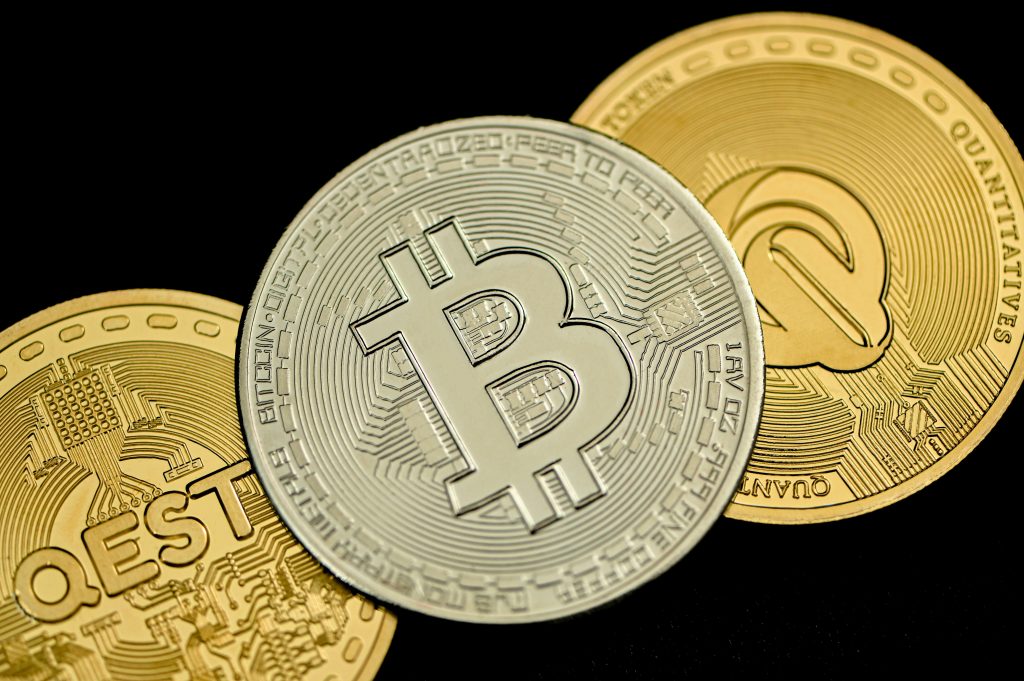Wanna know how to dice bitcoin and mi az a bitcoin? When considering buying a new investment, there are a number of factors to consider. One of the most important factors is the price of the asset. To determine if you should buy now, you need to look at how the price of an asset has changed over time. It is also useful to know how the volatility of an asset is tracked.
Time the market
If you are a first timer to the crypto world, you are not alone. Having a good handle on your wallet isn’t always a given, but if you are patient enough to wait out the inevitable, your hard earned cash will be well rewarded. Buying the right currency at the right time can be a real suck, but if you are well positioned, you should be able to snag the best deals in no time flat. Fortunately, there are plenty of online resources for locating such a reputable dealer. The price of the swag is usually around a couple hundred bucks, but if you are willing to play the cards available, you could be sitting on a multi-million dollar fortune in no time. Obviously, you are going to need to be a good steward to keep the sex off your precious digital gold, but if you are savvy enough to recognize the aforementioned traits, the rest should be a snap.
Hedge against inflation
When it comes to hedging against inflation, many investors are wondering whether buying bitcoin is a good idea. However, it is important to keep in mind that this is still a relatively new asset class. Until now, the only way to hedge against inflation has been to invest in physical assets like gold and real estate. While this is a solid long-term investment, it can be tricky to find ways to do it in a volatile market.
Gold has always been a great inflation hedge. As a traditional physical asset, it is difficult to store and transport, making it inaccessible to most people. During high inflation periods, gold usually increases in value.
There are many hedging strategies that investors use to protect their savings. Some of the most popular include limited supply physical assets and securities. A combination of these hedging methods will provide the best protection against inflation. In addition, investors can use derivatives trading techniques, advanced options strategies, and other asset classes to create a diversified portfolio.

Scarcity narrative
The scarcity narrative is a key factor influencing the price of bitcoin. As the narrative expands to include more tokens, the price will rise. However, the limited supply of BTC does not mean that the currency will depreciate.
For a story to be true, it must be supported by credible scarcity rules. It’s not just about limiting the number of units, but how to manage them.
There are a number of legitimate contenders on the market. These include Litecoin and Ethereum. Despite the competition, Bybit https://www.bybit.com/en-US/ seems to favor BTC.
The dot-com bubble of the early 2000s was fueled by a flood of new IPOs, which created a limited pool of investors. While some argue that this is a positive thing, others argue that it has created a bubble.
For those who are unsure of the true meaning of the scarcity narrative, let’s get some terminology out of the way.
Stock-to-flow model
Stock-to-flow model is a quantitative financial tool that helps to predict the value of assets. It uses publicly available data to calculate the price of an asset. This allows users to accurately determine the long-term price of an asset.
The stock-to-flow model of scarce resources, such as gold and silver, is a useful measure of the relative scarcity of an asset. The higher the ratio, the greater the resource’s scarcity. Using the stock-to-flow model, investors can determine when to buy or sell an asset.
The stock-to-flow is a simple equation that compares the total amount of a commodity to the rate at which new commodities are produced. If a commodity has a high ratio, the market believes the asset to be more valuable. On the other hand, if the supply is low, the price of the commodity will drop.
When the price of a commodity rises, producers respond by making more of the commodity. Because commodities are considered to be limited in quantity, it is important to retain their value over time.